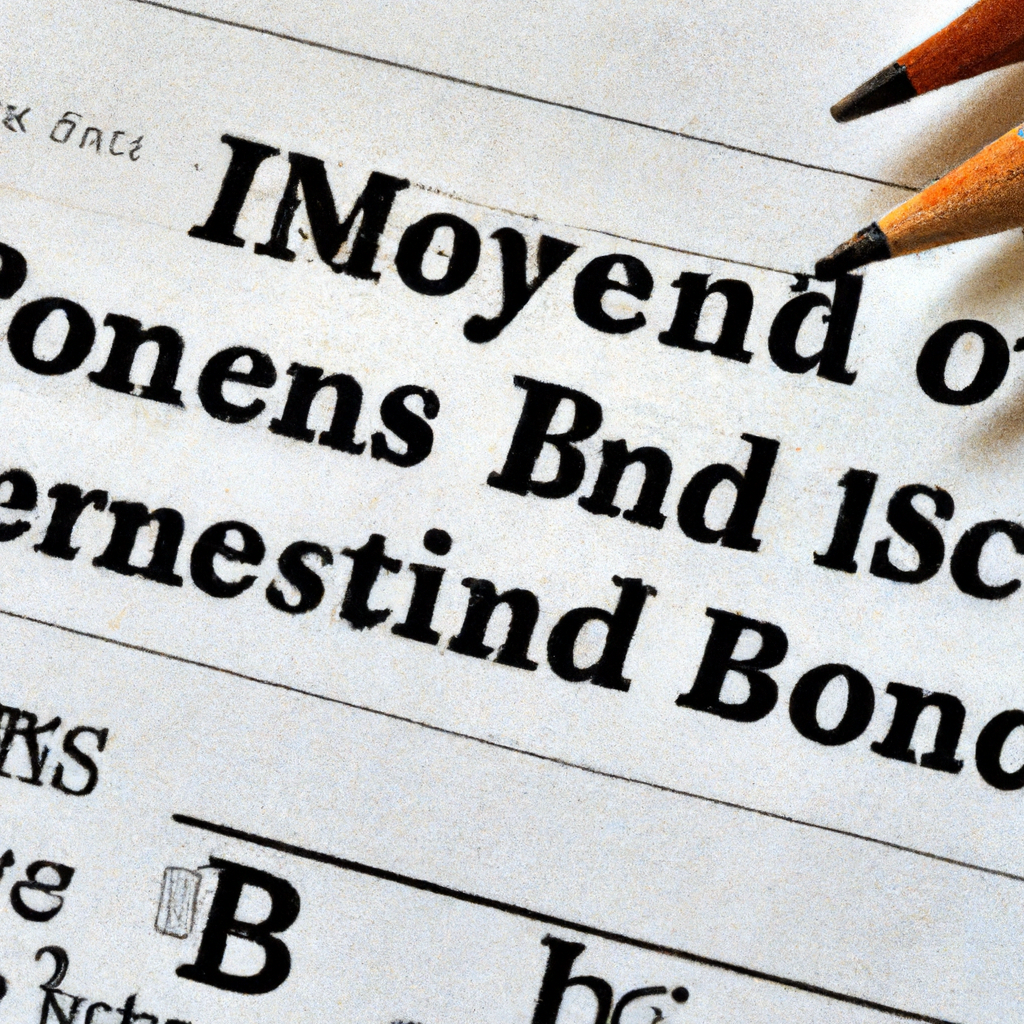
A Beginner’s Guide to Investing in Bonds and Fixed-Income Securities
How to Invest in Bonds and Fixed-Income Securities
Understanding Bonds and Fixed-Income Securities
Bonds and fixed-income securities are debt instruments issued by governments, municipalities, corporations, or other entities to raise capital. When you invest in bonds, you are essentially lending money to the issuer in exchange for regular interest payments and the return of your principal at maturity.
Types of Bonds and Fixed-Income Securities
There are several types of bonds and fixed-income securities, including:
– Treasury bonds
– Municipal bonds
– Corporate bonds
– Agency bonds
– Certificates of deposit (CDs)
– Money market funds
Steps to Invest in Bonds and Fixed-Income Securities
Step 1: Determine Your Investment Goals
Before investing in bonds and fixed-income securities, it is important to determine your investment goals, risk tolerance, and time horizon. This will help you choose the right type of bonds that align with your financial objectives.
Step 2: Research Different Bonds and Fixed-Income Securities
Once you have identified your investment goals, research different types of bonds and fixed-income securities to find the ones that best suit your needs. Consider factors such as credit rating, maturity date, interest rate, and issuer.
Step 3: Open a Brokerage Account
To invest in bonds and fixed-income securities, you will need to open a brokerage account with a reputable brokerage firm. This will allow you to buy and sell bonds through the secondary market.
Step 4: Purchase Bonds and Fixed-Income Securities
After opening a brokerage account, you can start purchasing bonds and fixed-income securities that meet your investment criteria. You can buy individual bonds or invest in bond mutual funds or exchange-traded funds (ETFs) for diversification.
Step 5: Monitor Your Investments
It is important to regularly monitor your bond investments to ensure they are performing as expected. Keep track of interest payments, maturity dates, and any changes in the issuer’s credit rating.
Conclusion
Investing in bonds and fixed-income securities can be a valuable addition to your investment portfolio, providing a steady stream of income and diversification. By following these steps and conducting thorough research, you can make informed decisions and build a well-balanced investment portfolio.

